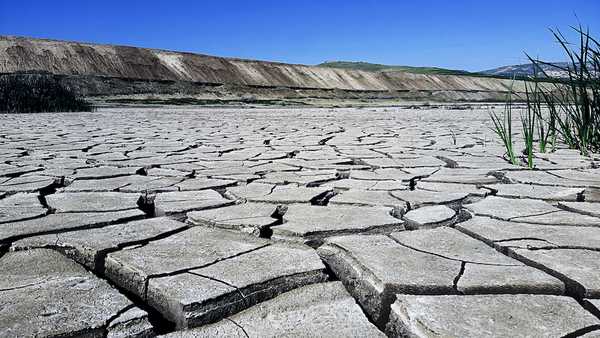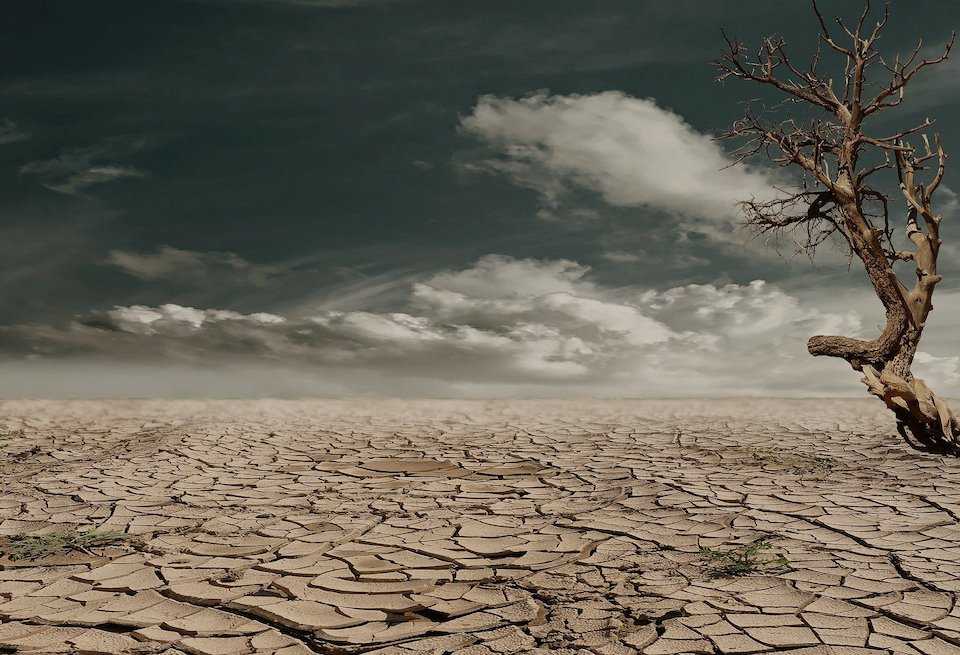The Two Main Causes of Dry Eye
Dry eye is a very common condition. Millions of people worldwide have dry eye. In fact, just by reading this article, you can be causing some dry eye yourself! But do read on..
On the surface of the eye rests a layer of liquid, oils and other things that provide a protective barrier to the eye called the tear film. This layer prevents the cornea (the front clear part of the eye) and the conjunctiva (the white part of the eye) from drying out (this layer also serves multiple other cool purposes such as helping to fight infection and providing nutrients to the front of the cornea). If this layer doesn’t do a good job protecting the cornea, then the cornea starts to become exposed to the environment. This is dry eye.
The cornea is one of the most sensitive parts of the body. Because of this, the cornea doesn’t like being exposed to the environment. If the cornea doesn’t have it’s nice protective coating, it will fire off neurons to you to tell you to do something about it. This causes burning, the feeling like there is something in the eye, pain or a wide variety of other symptoms. If the cornea is left out to dry for an extended period of time, the cells on the cornea start to become sick and cloudy and can cause you to lose vision.
Inflammation And Dry Eye
For some people, dryness comes and goes. For others, fighting the fight against dry eye feels like being on the losing side. Why the difference? The answer partly comes down to inflammation.
What is inflammation exactly? Inflammation is the body responding to something that isn’t normal. The body dilates blood vessels and sends white blood cells to put up a fight. Inflammation can occur with any injury anywhere in the body.
Dry eye causes injury. The cornea and conjunctiva love to be bathed in the tear film on the surface of the eye. When this tear film dries up and the cornea and conjunctiva become exposed, they become injured. These injuries trigger the body to send inflammation to respond to the damage!
The problem is that this inflammation isn’t needed and only makes things worse. Inflammation prevents you from making more tears. Inflammation disrupts the natural protective oil production within the eyelids. You can start to see the real issue. Dry eye causes inflammation. Inflammation causes even more dry eye which causes even more inflammation!! You can easily see how things can spiral quickly out of control.
Much of the way we treat dry eye today is to stop this negative cycle. Treating dry eye aggressively helps to get this inflammation under control. This allows the eyes to heal up over time to win the war on dry eye.

This is how your eye may feel with dry eye; Image by Hydrosami, CC BY-SA 4.0, via Wikimedia Commons
What Causes Dry Eye?
While dry eye has proven for many years to be an elusive condition to figure out and treat, the basics of it are actually really simple. And the causes of it fit neatly into two main categories.
Not Enough Tears
One cause of dry eye simply is that the eye doesn’t produce enough tears. Tears for the surface of the eye come from a gland near the eye called the lacrimal gland. If there aren’t enough tears on the surface of the eye, there isn’t as much buffer anymore to respond to changes in the environment. This type of dry eye is typically caused by certain medical conditions, procedures or medications.
Evaporation
Most dry eye, however, comes from tears evaporating too quickly from the eye. On the surface of the tear film are oils that protect the watery tear layer below. These oils come from tiny little glands in the eyelids near the eyelashes called meibomian glands. These glands constantly produce these oils to coat and cover the surface of the eye like shrinkwrap. The problem comes when these oils become clogged in the glands or too thick to effectively spread out on the eye. This is called meibomian gland dysfunction. These oils can also be broken down by an overgrowth of normal skin bacteria on the eyelids. These bacteria secrete chemicals into the tear film and destabilize the oil layer. This is called blepharitis. Meibomian gland dysfunction and blepharitis actually amount for the vast majority of dry eye!
Your Environment May Also Be Drying Your Eyes Out
Imagine you are sitting in the driest dessert with the sun beating down on you. Obviously you would dry out pretty quickly as the water in your body quickly gets absorbed into the atmosphere around you. Your skin and lips would start to become chapped. And as much as you would like, the eyes aren’t immune!
Similar to how different environments affect your skin, the same happens to your eyes. In very dry environments, the eyes lose more water through evaporation. Dryness kicks in and frequently requires more treatments in order to keep the surface of tears looking good on the eyes. Conversely, if you were standing in a rainforest, the high amount of humidity would prevent your eyes from drying out. Less treatments would be needed to take care of dry eye.

Nice humid rainforest; Image by Dukeabruzzi / CC BY-SA
Changing environments can help with treating dry eye. Now, changing environments doesn’t mean that you have to move to Florida. Simply modifying your current environment works well. Some people work in heavily air conditioned environments that continually dry the eye out. On top of this, they are typically working with computers and not blinking very frequently. To help combat dry eye, it may simply be enough to put a humidifier in your office to bathe your eyes in streams of humidity. Others sleep with ceiling fans on at night-time. These ceiling fans can constantly cause tears to evaporate off the surface of your eyes and turning them off can lead to big results.
Summary
In short, while dry eye can be complex, the mechanisms behind it is relatively simple. Tears either evaporate too quickly or you just don’t produce enough.
Also check out The Straightforward Summary of What Is Dry Eye on EyeMountain.com
Related Articles
Please note: The general information provided on the Website is for informational purposes only and is not professional medical advice, diagnosis, treatment, or care, nor is it intended to be a substitute therefore. See the Disclaimer and Terms of Use for more information
